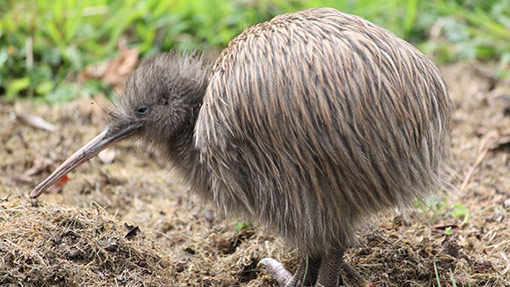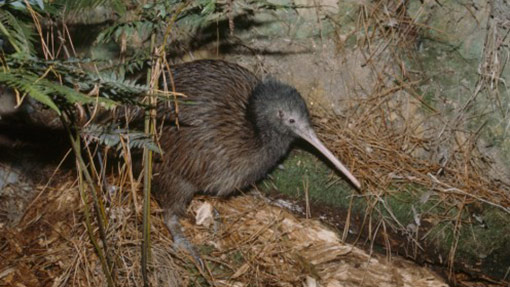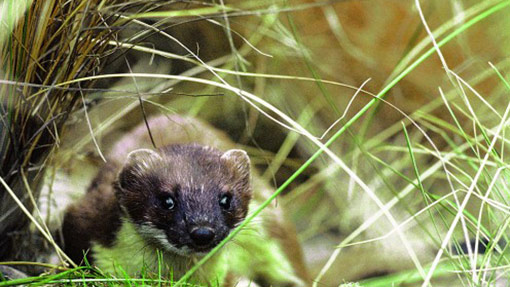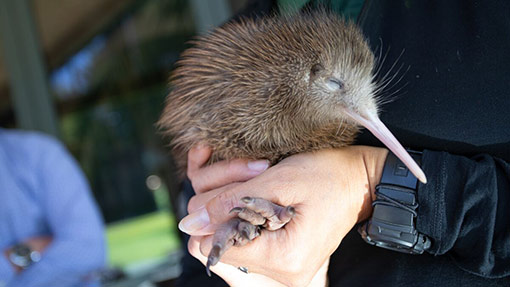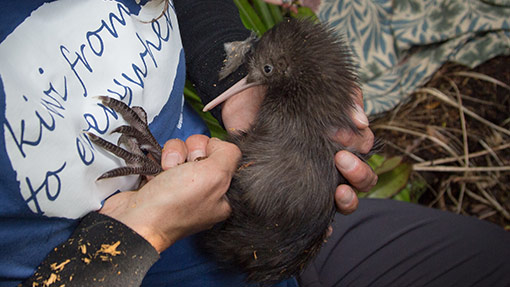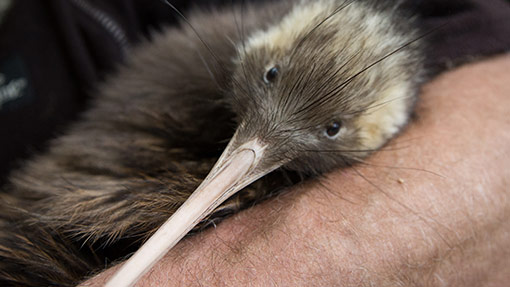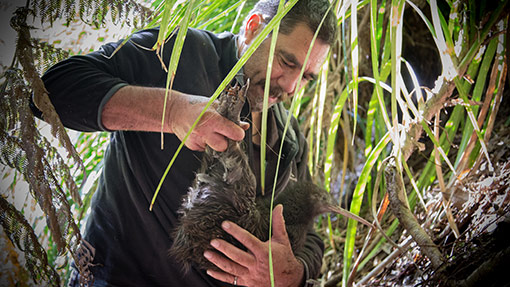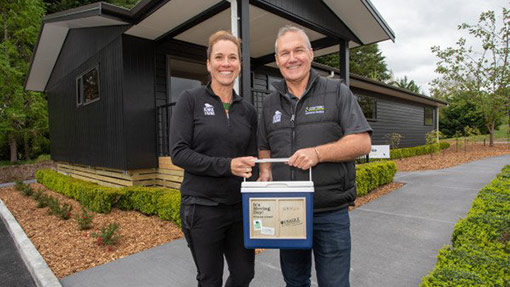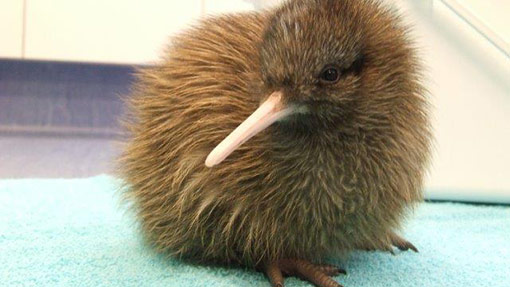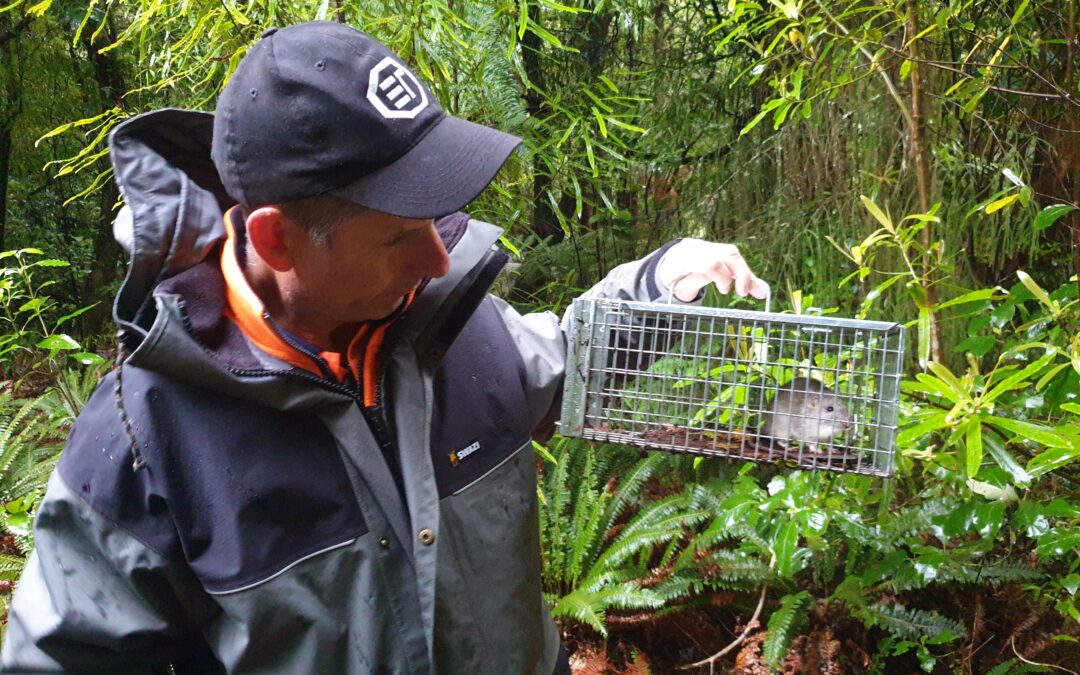Summer can be one of the most important times in the predator hunter’s calendar. Our apex predators (mustelids and feral cats) have done their breeding season and their youngsters are out of the nest and making their own way in the world.
So, what does this mean for us on the front line?
It means that we need to be extra vigilant and have our A game ready and waiting. The biggest challenge with apex predators is that they can have very big home ranges, sometimes measured in kilometres. So, when they leave home and disperse, they can travel a long way. This means that they can start from well outside your control zone and very quickly end up knocking on the door of the castle. A stoat was once tracked at travelling nearly 70km in two weeks! Think about how far 70km is inside and outside your project.
Sometimes we can be victims of our own success and when we remove a large percentage of predators inside our control zone, we are in essence creating a vacuum and opening up some prime predator real estate. At this time of year, that can be really attractive to a young disperser.
But it isn’t always the young ones. I have recently noticed a lot of big male stoats turning up in projects where before there were very few, and I have seen the same thing with ferrets. This is happening in areas where I have had a lot of cameras operating that showed nothing, then suddenly there they were on camera and in traps. As noted, the male of the species can sometimes be the first to reoccupy vacant land and this is common in many species.
This can also be a good time of year to catch females of the species who can often be a lot harder to catch. I suspect that when the kids leave home, the females are busy putting condition back on which can help to make them more trappable. I catch more adult female ferrets at this time of year than any other. And the young ones are often not as wise and hungrier (learner hunters), making them more trappable.
So, what are some things you can do to be ready and ensure you don’t lose ground already gained at best, or lose birds at worst?
1. Watch the roads for ferrets. Dispersers often travel along roads and get run over doing so. I call it the road line. What this tells you is when things are moving in your area. Really helpful.
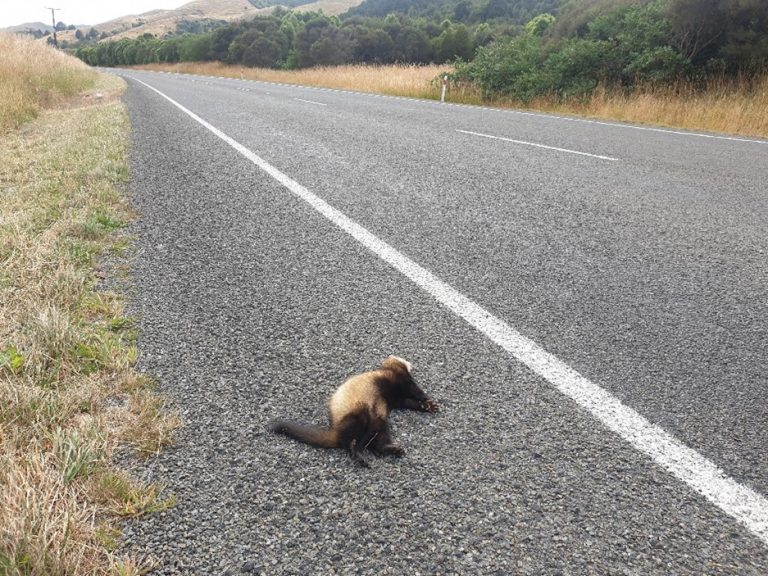
2. Consider increasing the frequency of trap checks at this time of year to keep traps ready and bait fresh. Fresh is best.
3. Use big juicy baits (if you can) that are highly attractive. You can’t beat big fist-sized chunks of fresh rabbit with the skin attached. I am not averse to a ‘smorgasbord approach’ in key traps.
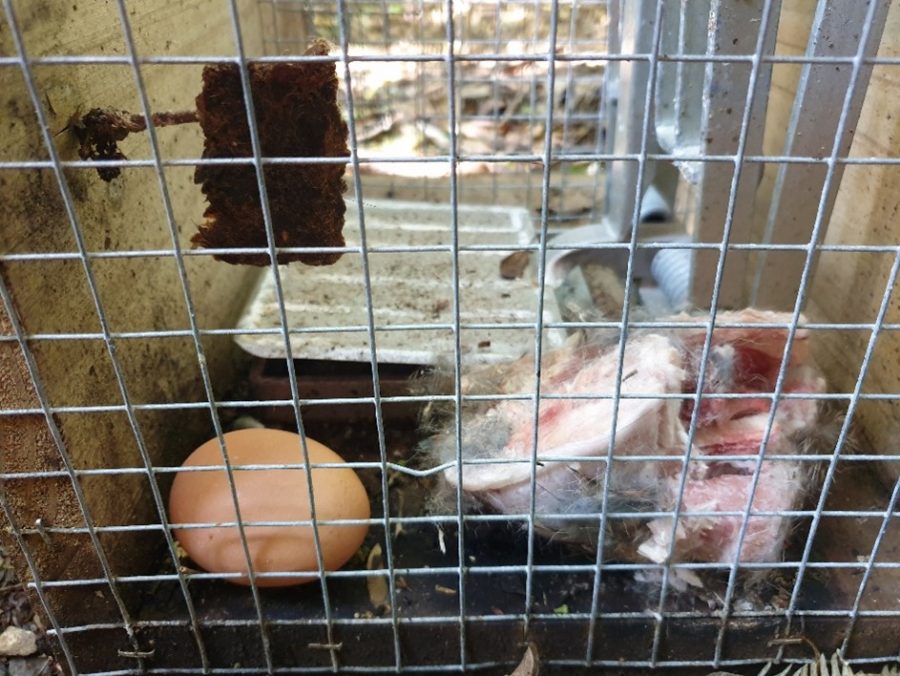
4. Target bridges, road edges, rivers, and ridges in particular. Dispersal routes, bottle necks and intersections. As always, on road edges you need to ensure you are acting within the law and not increasing the risk of a traffic accident or your team getting hurt. Check with authorities. Keep the trap out of site. Be careful! Safety first.
5. Consider your luring regime to drag an animal moving quickly along a route into your trap as it goes. I use scent trails a lot at this time of year.
6. Consider pulsing different methods to increase your trap sensitivity. I do a lot of cage and leg hold extra trapping at this time of yea
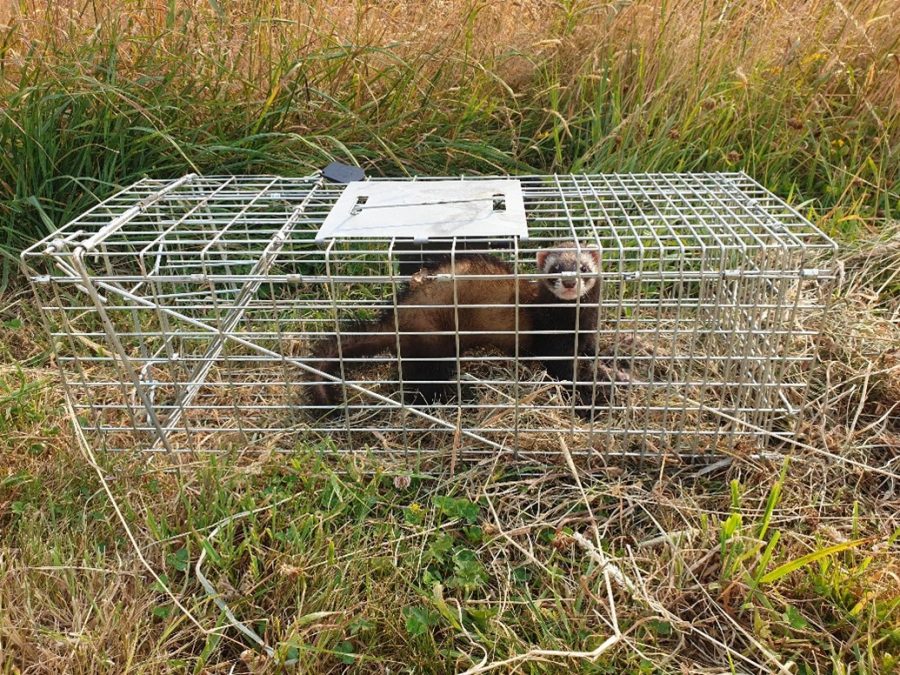
7. If you catch a young disperser, then keep going at that site to confirm it was alone. Often the young ones keep together loosely as a litter for a while and you can catch one after another. I have caught four ferrets on consecutive nights in the same cage trap … two in one trap once as well!
The key is to be observant and on your game. Use different lures, trap types and methods to add value to your standard regime if you can and target high producing traps. Look at your historical catch data and locations for this time of year to see where your hot spots are and hit those hard and often.
Good hunting, people.
Regards,
John Bissell
Kiwis for kiwi National Predator Advisor
www.bbem.co.nz
Instagram @nzpredatorhunter


